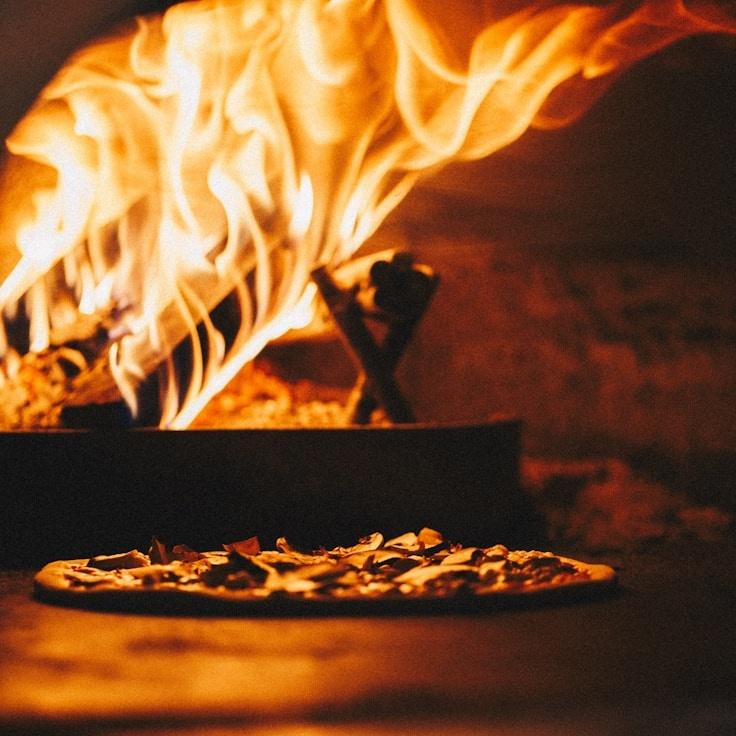At Crust & Co. Pizzeria, we hold the conviction that the secret to outstanding pizza lies in the dough itself. With over thirty years spent refining our process, we are thrilled to divulge a few tips from our wealth of knowledge. While our exact recipe remains a closely guarded legacy, these foundational tips will aid you in achieving top-notch pizza dough in your very own kitchen.
Choosing the Right Flour
Superior pizza dough begins with superior flour. 00 flour is our go-to choice due to its fine grind and moderate protein level, which is typically around 12%. This combination yields a blend of resilience and delicacy. If 00 flour is unobtainable, bread flour serves as a viable alternative, though it may alter the dough texture slightly.
Optimal Water Temperature and Dough Hydration
Water temperature plays a key role in the timing of your dough's fermentation and its overall development. To encourage a slow and flavor-enhancing fermentation, opt for cold water at about 45°F (7°C). If time is a constraint and a faster fermentation is needed, warmer water around 85°F (29°C) is recommended. Aim for a hydration level—a measure of the proportion of water to flour—of 60-70% to suit the capabilities of typical home ovens.
Reduced Yeast for Extended Fermentation
A pivotal factor for rich-tasting dough is using a minimal amount of yeast coupled with an extended fermentation period. We use merely 0.2% fresh yeast in relation to the flour weight, which then undergoes a fermentation process lasting anywhere from 24 to 48 hours. The gradual fermentation endows the dough with a complexity of flavor and renders it more digestible.
The Role of Salt in Dough
Salt performs double duty in pizza dough, not only enhancing its flavor but also fortifying the gluten matrix and acting as a fermentation regulator. We suggest using fine sea salt at 2.5-3% of the flour weight, integrating it only once the flour and water start to amalgamate, thereby preventing the salt from making direct contact with the yeast.
Fermentation: A Culinary Magic
Once mixed, leave your dough to bulk ferment at ambient temperature for two hours then proceed to divide it into individual portions. Store these portions in lidded containers and refrigerate them for 24-72 hours. During this cold fermentation interval, enzymes convert starches to sugars, which in turn contribute to the unique taste and characteristic golden-brown crust of our pizzas.
Gentle Dough Handling
When it's time to transform the dough into a pizza, take it out of the refrigerator 1-2 hours in advance to let it reach room temperature. Carefully handle the dough to maintain the air pockets that have formed, using a delicate touch with your fingertips to shape and extend the dough rather than flattening it with a rolling pin.
Applying the Right Amount of Heat
Although our specialized ovens can heat up to 850°F (454°C), most household ovens tend to peak at around 550°F (288°C). To bridge this gap, preheat a pizza stone or steel for a minimum of one hour to replicate that intense bottom heat necessary for a perfectly crisp crust with a well-aerated interior.
The craft of pizza dough making is an evolving skill where each batch sheds light on the nuances of the process. We urge you to keep notes, tweak the variables, and carve out a method that aligns with the conditions of your kitchen.
Interested in seeing how we do it first-hand? Sign up for our monthly pizza-making workshops hosted by Chef Pietro for an in-depth look at these skills. Our event schedule will have the upcoming session dates!

